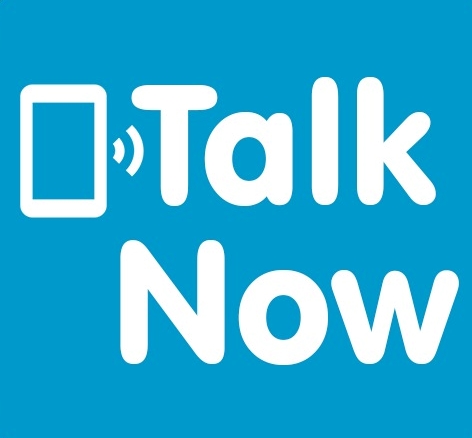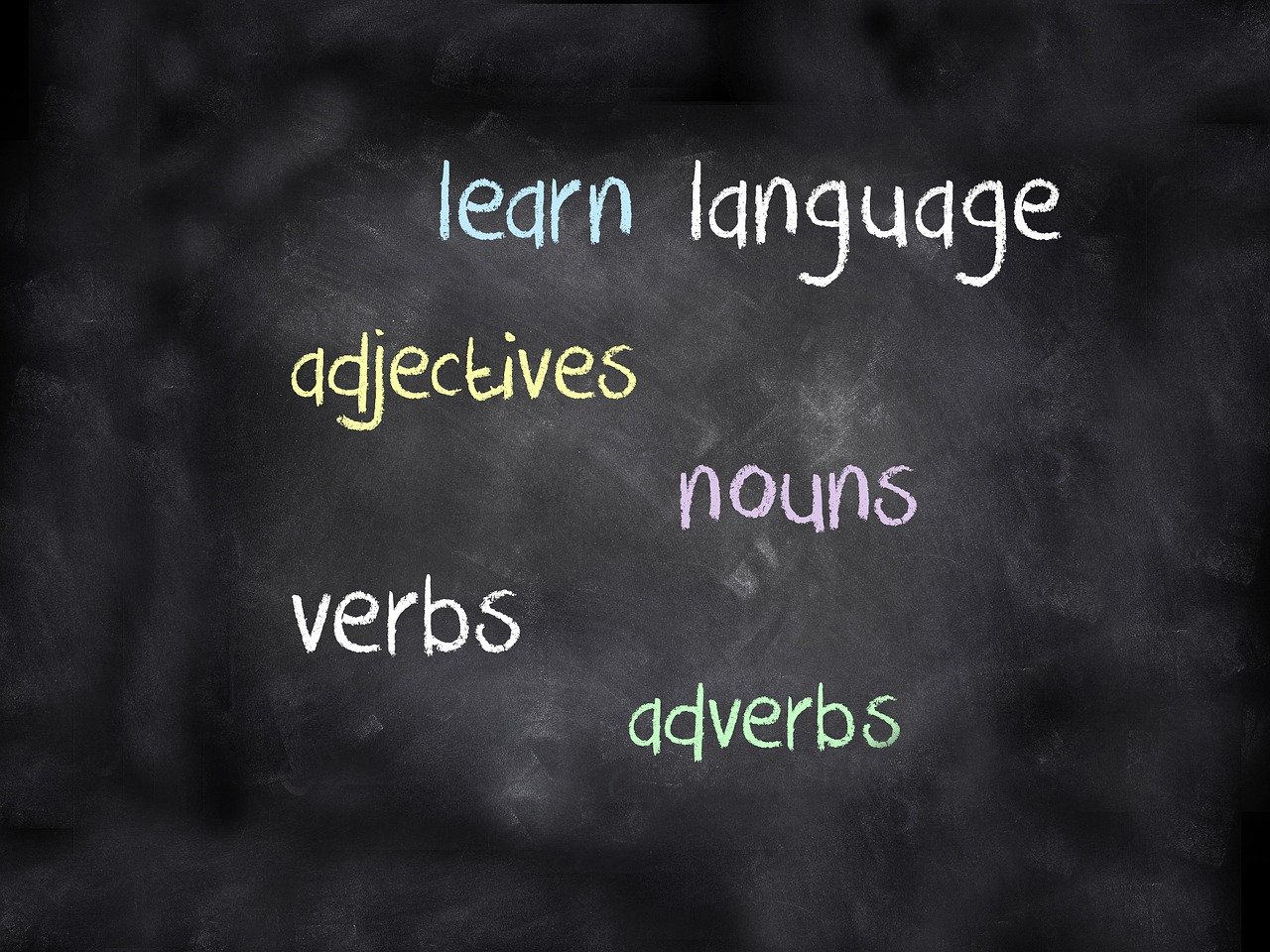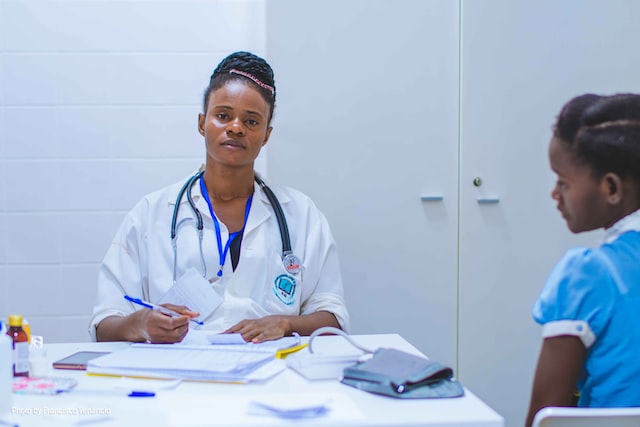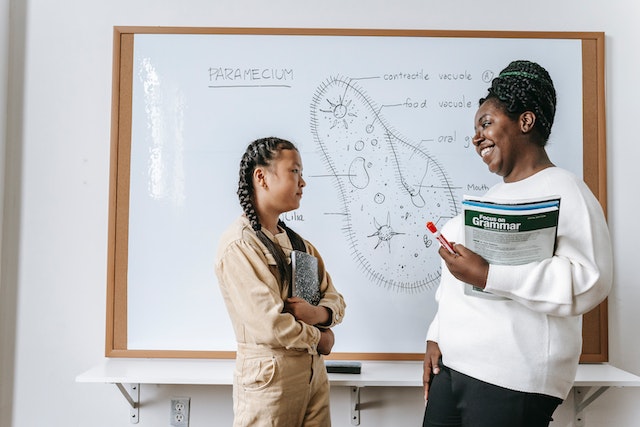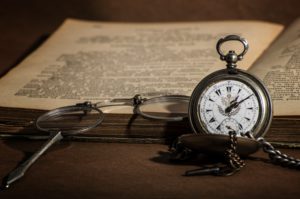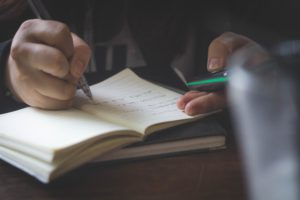MEANING
The Future Continuous Tense is very often used to talk or to refer about something that will take place at a given point in the future. Let us understand this concept with examples.
Structure of the future continuous tense
Subject along with the auxiliary verb (will), with the auxiliary verb (be) and the main verb.
In the Future Continuous Tense, for negative sentences, we put ‘not’ is between ‘will’ and ‘be’.
For question sentences, we exchange the subject and ‘will’.
Let us understand this with some examples,
| subject | Auxiliary verb | Auxiliary verb | Main verb | |||
| For positive sentences | I | will | be | playing | At 5 pm | |
| You | will | be | Watching | A movie now. | ||
| For negative sentences | She | will | not | be | Visiting | The hospital |
| We | will | not | be | Sharing | The book. | |
| For question sentences | Will | you | be | Watching | The movie? | |
| Will | they | be | attending | The funeral? |
Sometimes, we use the word ‘shall’ in place of ‘will’, very often in the cases of ‘I’ and ‘We’.
When we use the Future Continuous Tense while speaking, mostly we contract the subject and ‘Will’:
| I will | I’ll |
| She will | She’ll |
| He will | He’ll |
| They will | They’ll |
| We will | We’ll |
In case of negative sentences, we can combine the word ‘won’t’, something like this:
| I will not | I won’t |
| She will not | She won’t |
| He will not | He won’t |
| They will not | They won’t |
| We will not | We won’t |
Usually, we use the future continuous tense to express action at a defined moment in the future. The action will start before that moment but it will not end at that moment.
For example:
- I will begin my assignment at 4pm and stop it at 6pm.
- I will be reading a book at 10am tomorrow.
- We won’t be going to the shop at 8pm tonight.
- We will have snacks when the show starts.
